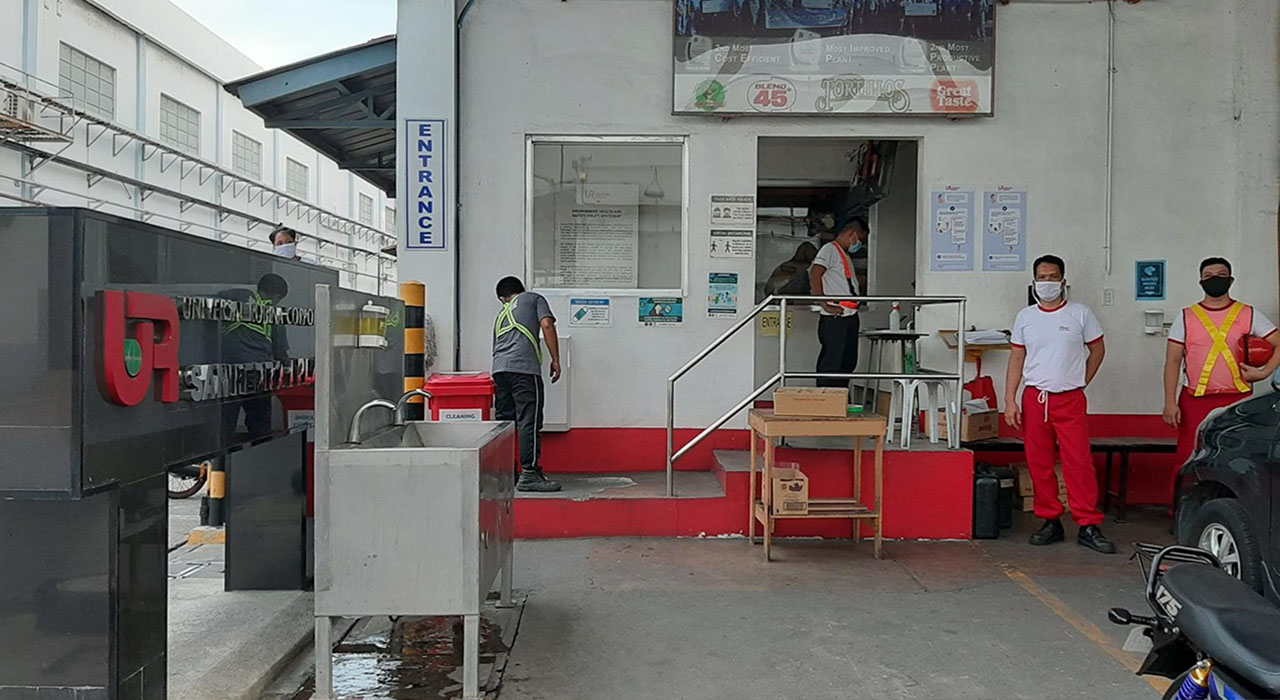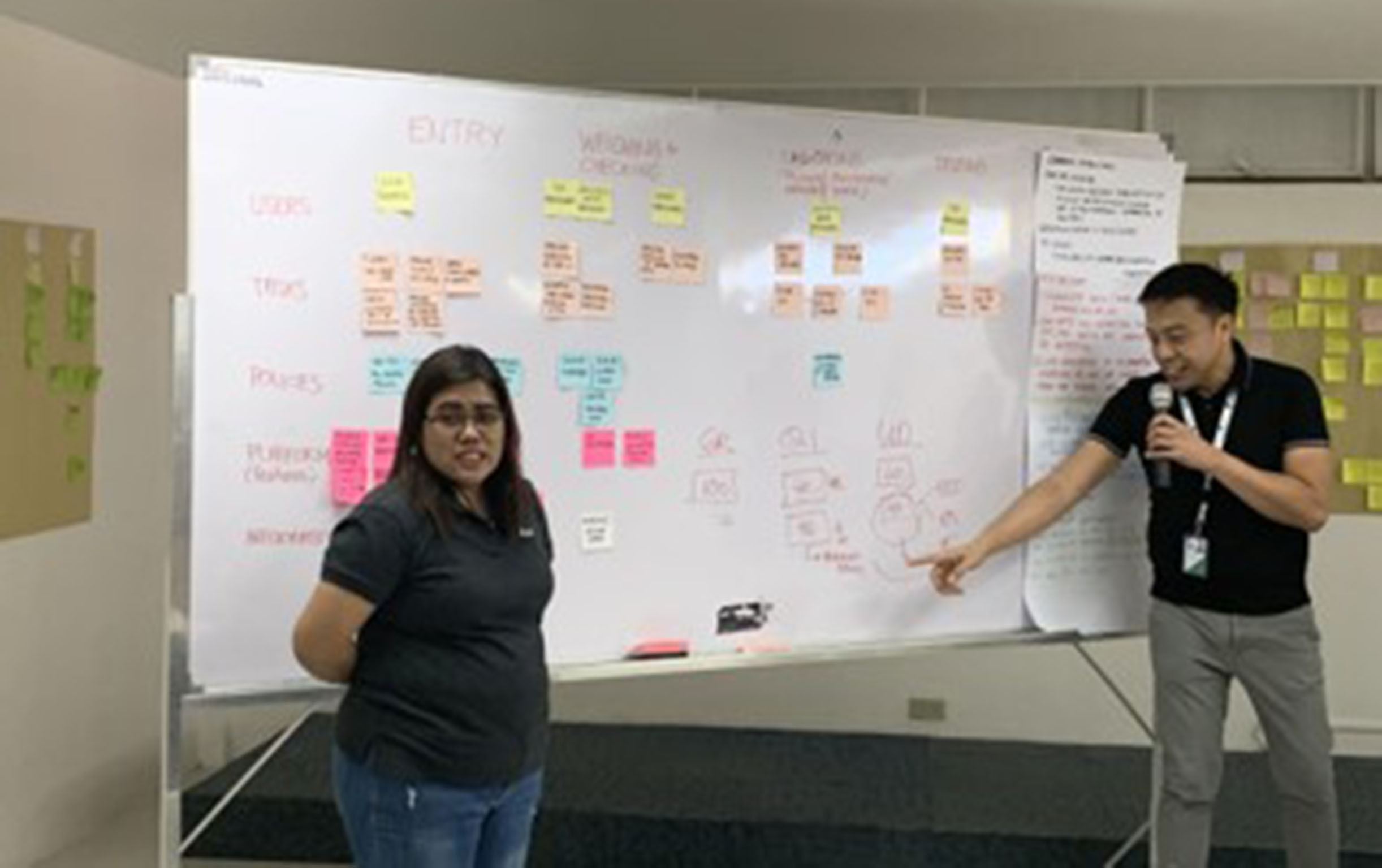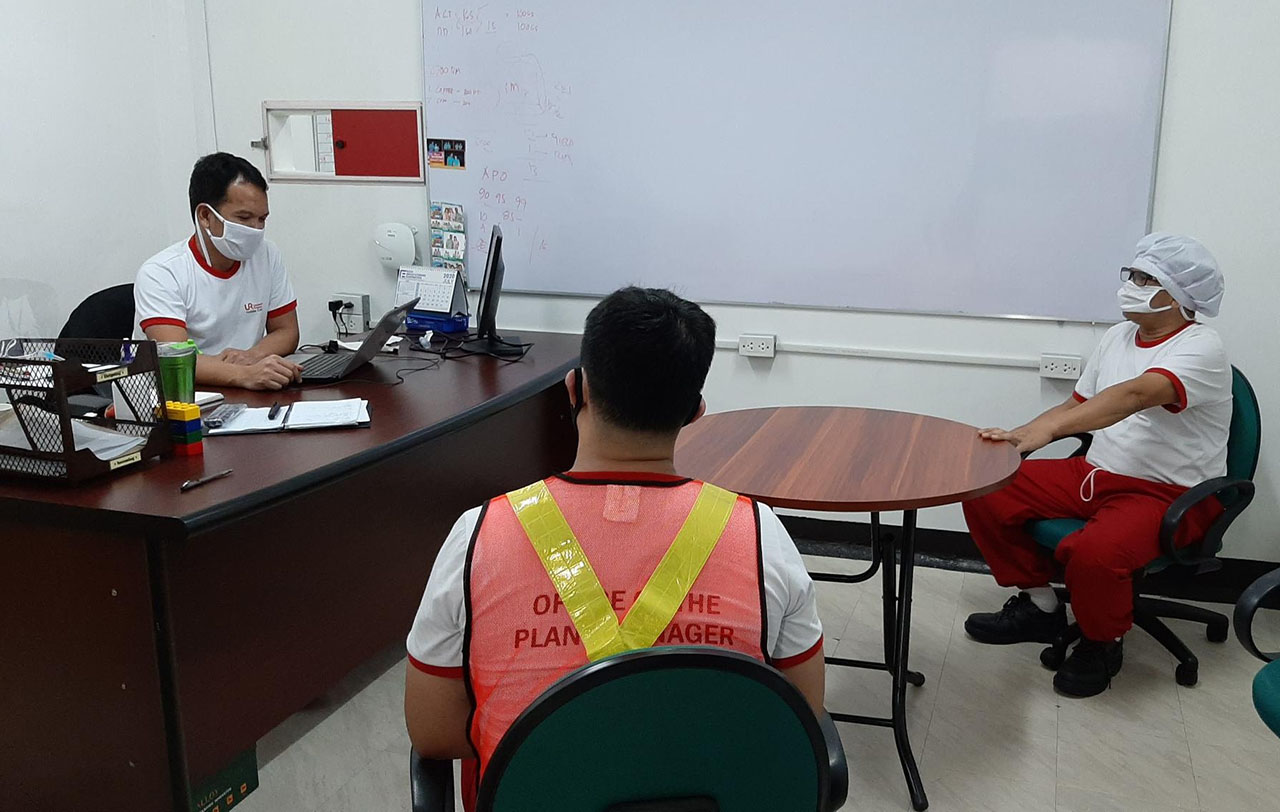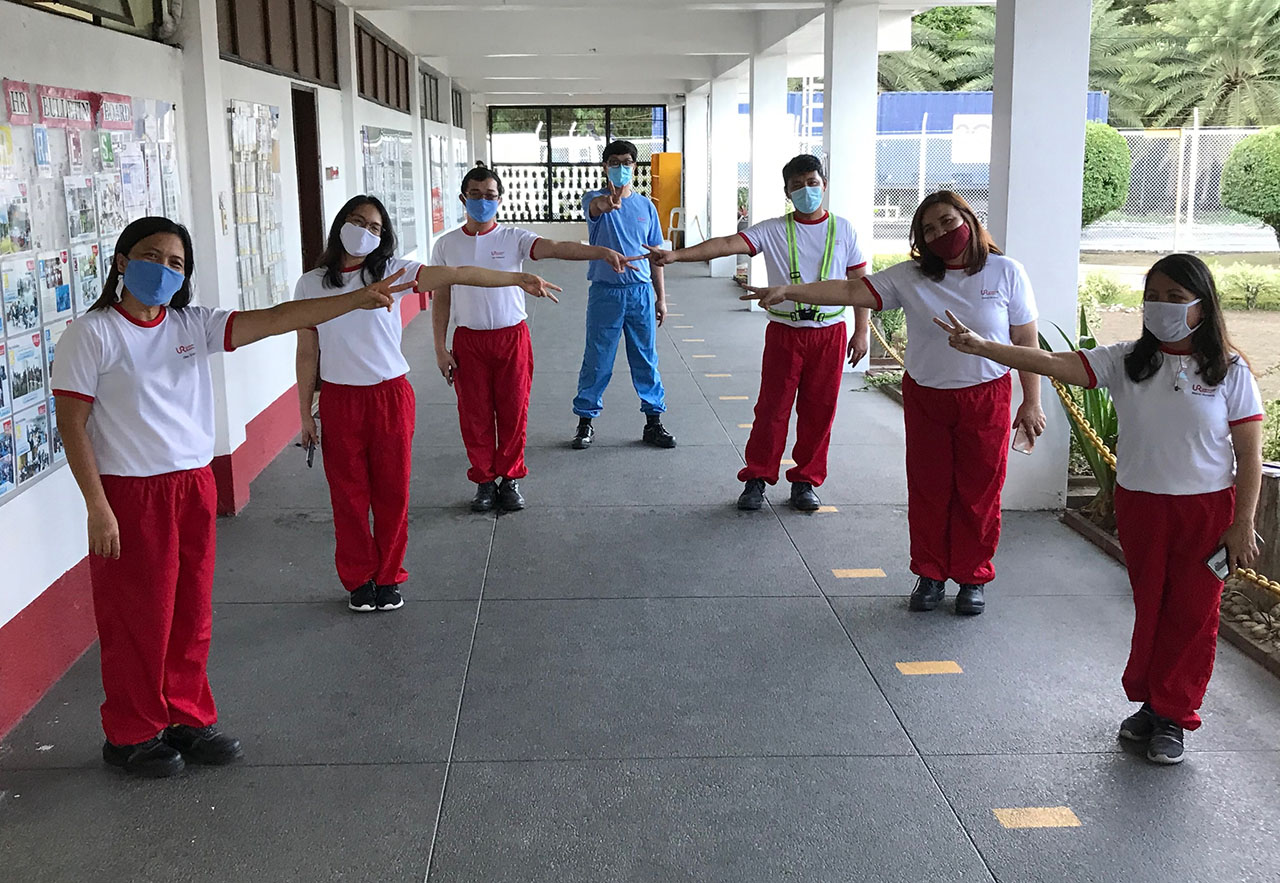In mid-2019, as URC President and CEO Irwin Lee sat down for an interview to discuss his first year on the job, he frankly noted that there were some areas in the food manufacturing company that needed improvement. URC’s decades of success meant that some complacency had inevitably crept into the company, which he was dead set on eradicating.
“We need a big product supply chain transformation. The product supply chain, from procurement and manufacturing to supply chain factory logistics, have for many years been coping with growth, such that we have not kept up on being world-class,” said Lee. “I see a lot of opportunities for improving efficiency, for savings, for cost improvement, for better coordination, for better integration of functional silos.”

The changes Lee envisioned were to regain URC’s status as a “partner of choice,” not only for the wholesale or retail establishments that stocked URC’s products, but also for the suppliers who provided the company with its raw materials and other manufacturing needs. For this side of the business, one of the issues that hindered URC from becoming a partner of choice arose from the timeliness—or lack thereof—of its payments to suppliers.
To get to the root of the problem, Alan D. Surposa, the Senior Vice President and Chief Procurement Officer of JG Summit Holdings’ Corporate Procurement division, created Project Judith, a play on the words “due date.”
Despite this lighthearted display of corporate humor, Project Judith’s cross-functional team, led by JG Summit Procurement Governance Manager Ariel Faraon, had a serious task ahead. In the weeks that followed, the team employed Design Thinking and the Agile ways of working to remedy the cause of payment delays, while simultaneously promoting greater transparency and collaboration in the URC plants.
A Closer Look
To gain a better understanding of the situation, the Project Judith team worked closely with URC’s Branded Consumer Foods Group, whose products are manufactured at 17 URC BCFG plants nationwide. The breadth of URC’s operations across the country was one reason the payments to suppliers were being delayed, as the process involved multiple documents being routed to and from different locations.
 The payment process for URC BCFG suppliers starts in the plants. Ideally, upon delivery of raw materials, a Goods Receipt and a Usage Decision report should be issued as soon as possible.
The payment process for URC BCFG suppliers starts in the plants. Ideally, upon delivery of raw materials, a Goods Receipt and a Usage Decision report should be issued as soon as possible.
Project Judith discovered that a major source of processing delays was the time it took for URC’s Plant Logistics to close the pending order in the system, called the creation of a Goods Receipt, and the time it took the plant’s Quality Assurance Department to report on the quality of the items delivered, what is called the Usage Decision process.
A month after implementing Project Judith’s recommendations, the turnaround time has been slashed significantly. The issuance of a Goods Receipt and Usage Decision report now take an average of only one day each to complete.
The Whys and the Hows
How did the Project Judith team manage to cut a process that usually took a considerable length of time? They employed the innovative problem-solving process known as Design Thinking.
As you might guess from its name, this iterative process was originally popular within the design community. After the publication of the Harvard Business Review article entitled “Design Thinking” by Tim Brown, the CEO and president of design company IDEO, in June 2008, it gained a mainstream following across a host of industries.
In most cases, Design Thinking involves a few steps: one, understand the problem; two, suggest a wide range of solutions; three, test and iterate the proposed solutions quickly; and four, implement the best possible solution.

To understand a supplier’s journey from the time it delivers to URC plants to the time it receives payment, the Project Judith team mapped all the interactions and the internal steps involved, an exercise called service blueprinting. This was done together with representatives from Logistics, Maintenance, Quality Assurance, and six different URC plants.
Getting It Done
The Project Judith team then established protocols for the blueprinted procedures. The project charter outlined the steps, requirements, processing time, and person responsible for post-delivery documentation.
With the expectations and guidelines made clear, the team introduced ways for plant managers to transparently monitor the completion of the post-delivery processes. This transparency on the number of transactions, turnaround time, ageing items, and even top-performing plants easily pointed where immediate action had to be taken.
These included the creation of dashboards which gave plant managers real-time information on their plants' performance, and making use of a function in Microsoft SharePoint that allowed different departments and suppliers to simultaneously post updates on shared files.
The team’s regular stand-up calls with the plants were also a big help in raising and closing issues. In an Agile team, the objectives of daily stand-up meetings are to provide the team a quick status update, to report blockers encountered, and to enable the team to plan for the next 24 hours.
To further promote transparency, the turnaround time for the completion of GR and UD became part of the plant teams’ Key Performance Indicators.
Cause & Effect
Peddie Cabral, San Pedro 1 Plant Manager, shared his team’s realization that a proper understanding of the process leads to more responsible action. Through Project Judith, the plant staff have been made fully aware of their accountability in the process. A delivery documentation delay in the plant inevitably leads to late payment processing. Now that they realize their impact on the organization and on URC suppliers, Cabral’s challenge to his team is: “Kung mayroon kang alam, may magagawa ka. What value are you adding to the organization?”
 San Pedro 1 Plant Manager Peddie Cabral (left) believes that the right mindset is a good starting point for any personal or professional improvement project.
San Pedro 1 Plant Manager Peddie Cabral (left) believes that the right mindset is a good starting point for any personal or professional improvement project.
For Liberty “Liby” Garcia, San Pedro 2 Plant Manager, embracing continuous improvement begins with her as a leader. She learned that what would get a team’s commitment is its leader’s credibility. This meant acknowledging the need for change and being open to the idea that past practices may not have been optimal or correct.

San Pedro 2 Plant Manager Liby Garcia (left) volunteered for the pilot implementation of Project Judith initiatives. IMAGE URC
Cholito Orillos, Canlubang Plant Manager, explained the relevance of teams having the right mindset toward transparency. According to him, “’pag walang consistent tracking, talagang makakalimutan ‘yan. That’s because there will be other activities that can distract a plant employee from the discipline of consistently tracking.”
He observed that updates posted through logistical aids such as TV displays boosted his team’s morale. Since the Canlubang staff knew that they had to keep the lead times for GR and UD posting short, they felt even more motivated when they learned from the TVs in the plant canteen that they had been recognized by the Project Judith team.
Orillos recalled that at first, some of the staff expressed apprehension at the thought of being measured with KPIs. Now, however, after more than a quarter since the implementation of Project Judith’s systems and protocols, the plant managers are amazed by how their teams responded and brought the turnaround time down from two months to only one day.
Project Judith Team Leader Ariel Faraon disclosed that aside from putting the systems and tools in place, his team is building up more “champions” from different departments and bridging the communication gap with suppliers.
For the Project Judith team, the job may be tough, but each little victory that helps URC become the suppliers' partner of choice makes their efforts fulfilling and worthwhile.


